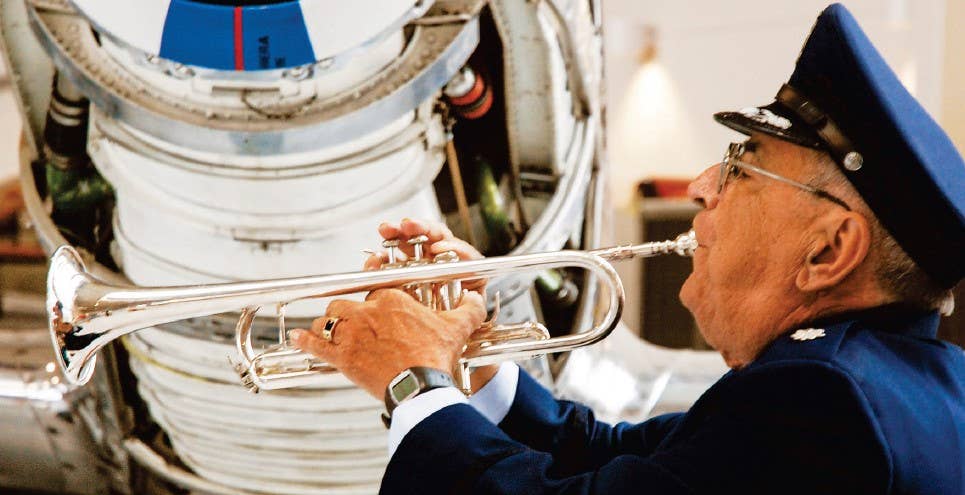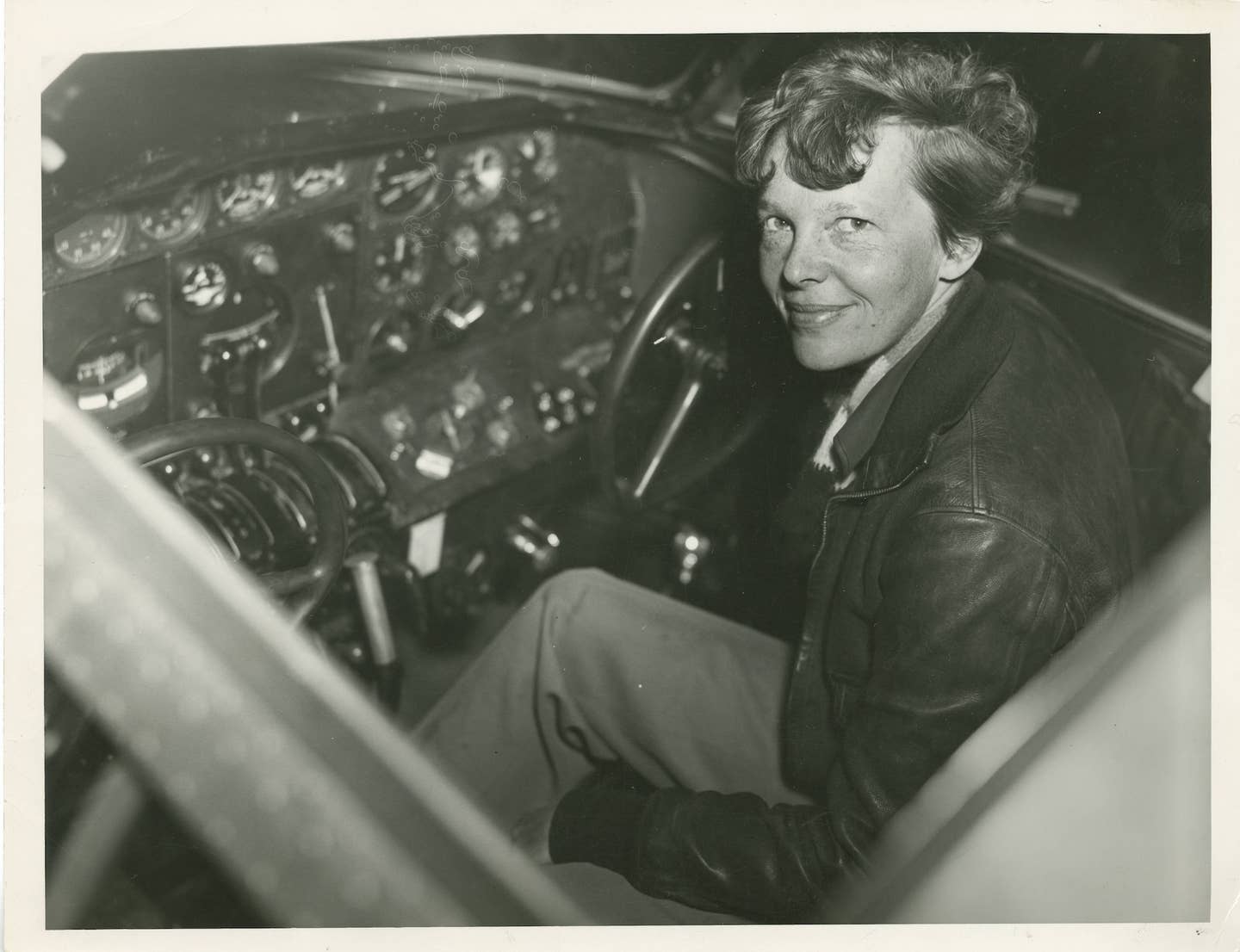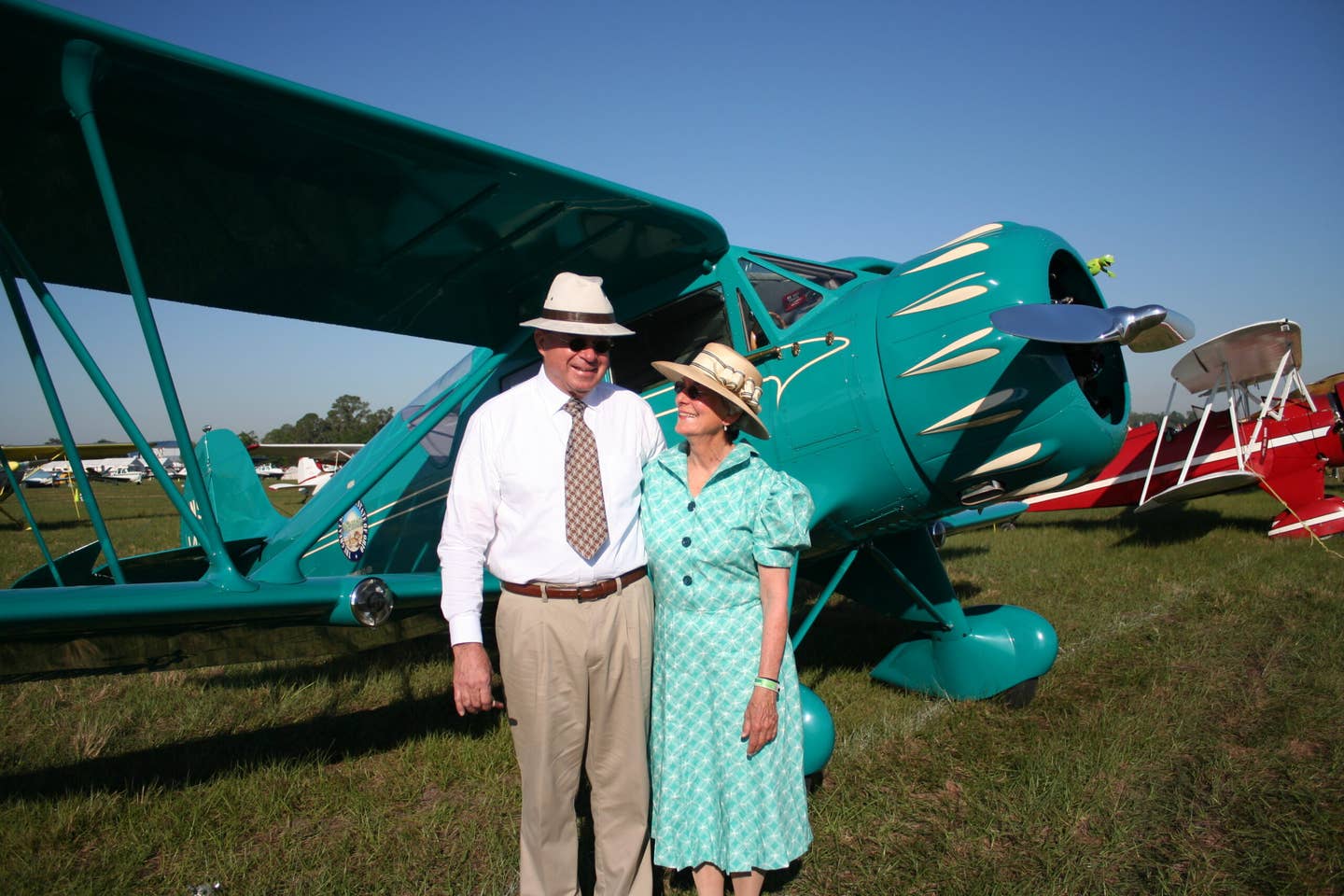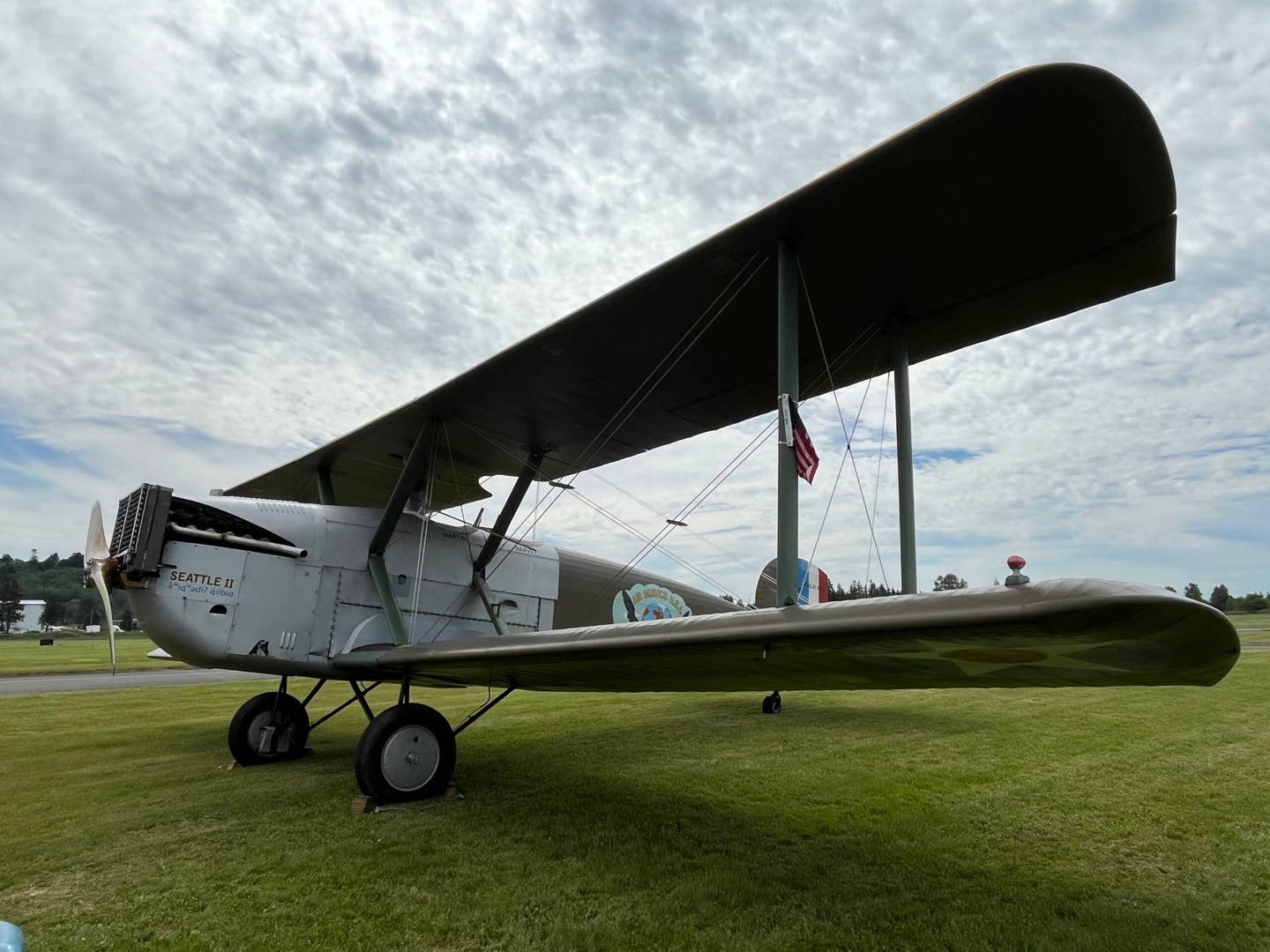‘Fuel Exhaustion’ Led to B-25’s Hard Landing: NTSB
“Old Glory,” a 1940s era twin-engine bomber ran out of fuel before performing a hard landing in Stockton, NTSB said in its final report.
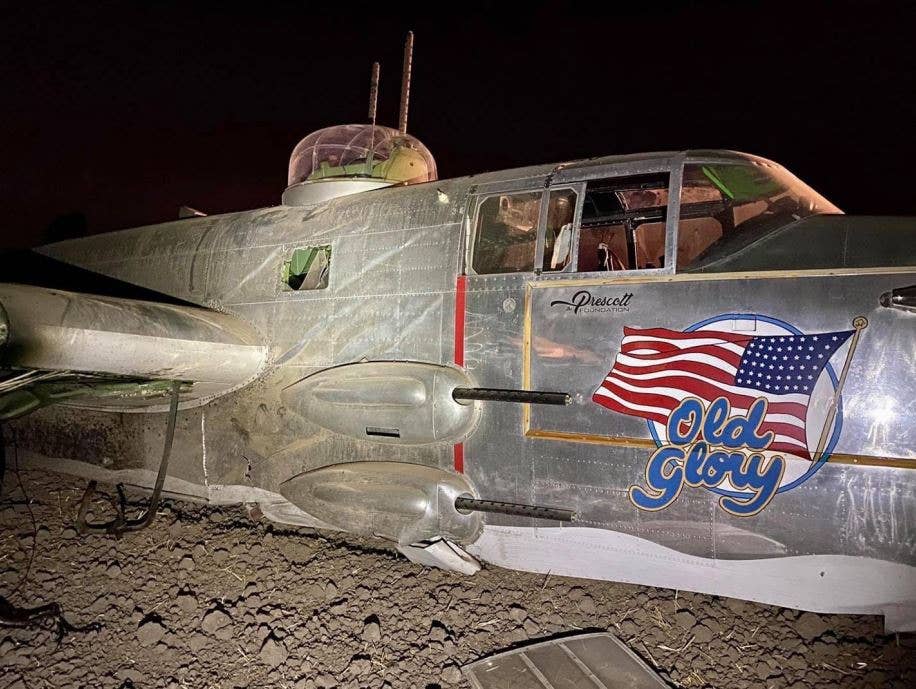
View of the accident airplane at the accident site. [Courtesy: NTSB]
A warbird on the very last leg of a ferry flight in 2020 made a hard landing in Stockton, California, because it ran out of fuel, according to the National Transportation Safety Board (NTSB).
The NTSB released its final report on the September 19, 2020 accident involving the North American B-25N, N7946C known as Old Glory. Three people on board the aircraft were injured in the accident.
According to the NTSB, the 1940s era twin-engine bomber experienced "a total loss of engine power due to fuel exhaustion." Also contributing, it said, "was the erroneous fuel gauge indications and inadequate preflight planning and inspection" on the part of the three person crew.
The copilot and a passenger were seriously injured in the accident, and the pilot suffered minor injuries, according to investigators.
What Happened
According to the NTSB, the aircraft was being ferried from San Diego to Stockton, California, with a stop in Vacaville. Refueling records show that on September 18 the airplane took on 497.7 gallons of fuel at Brown Field Municipal Airport (KSDM) in San Diego. According to the passenger who was also the aircraft's mechanic, the fuel level was about three inches below the bottom of the fuel filler neck.
The NTSB's interviews with the crew noted there was conflicting information about the aircraft's fuel burn, caused in part by a lack of documentation in the 1940s era operations manual.
In post-accident statements the pilot reported using a 150-gallons-per-hour fuel burn for flight planning purposes, and estimated the aircraft would burn 485.9 gallons total during the flight.
He also told investigators that neither he or the other crew members visually verified the fuel level in the tanks.
The passenger/mechanic corroborated the statement, noting that on the last leg of the trip when he arrived at Nut Tree Airport (KVCB) in Vacaville "he was told to board the accident airplane and prepare for departure. The passenger stated that, because he had rushed into the airplane, he did not accomplish his normal routine, which included checking fuel and oil levels."
The copilot reported that he asked the pilot about the fuel level and was told there were 200 gallons on board, which was enough for the 20 minute flight to Stockton, California.
The NTSB report states that two flights were made between the refueling and the accident, although information pulled from the Automatic Dependent Surveillance-Broadcast (ADS-B) data for the aircraft showed six flights were done between the refueling in San Diego and the accident the next day. There were multiple takeoffs and landings done, which register as separate flights as ADSB does not differentiate touch and goes from full stop landings.
In addition, the copilot provided a photograph from inside the airplane before the loss of power, which showed a power setting of about 1,700 rpm and 27 inches of manifold pressure. The photograph also captured the front and aft fuel tank gauges. The front tank fuel gauges showed about 70 gallons on the left side and about 55 gallons on the right side. The aft gauges displayed 0 and were fully deflected to the bottom for both the left and right sides.
The Last Flight
During the flight, the pilot was sitting in the right seat, according to the NTSB. In the left seat was the copilot, who was acting as pilot flying.
According to the pilot's statement, during the flight "the left engine fuel pressure fluctuated, and the left engine lost power momentarily but resumed operation. The pilot saw that the fuel pressure needle returned to normal, but he was concerned that an engine-driven fuel pump might have failed. The pilot subsequently turned the boost pumps to high and asked the passenger to open the fuel cross-feed valve."
The aircraft was approximately six miles from its intended destination when both fuel pressure needles began to fluctuate.
The pilot took command of the aircraft as he assumed fuel starvation had occurred. He turned the aircraft away from a residential area and toward an agricultural field to make an off-airport landing. He noted that when the fuel pressure dropped below 10 pounds per square inch both engines lost power.
The pilot was able to avoid power lines during the approach. The aircraft touched down and during the roll out, the pilot managed to avoid a drainage ditch by yanking the aircraft back into the air momentarily, but could not avoid a second large ditch. The aircraft bounced when it struck the second ditch, coming down in a nose-low attitude, which forced the nosegear into the cockpit, collapsing all three landing gear. The engines struck the ground and were torn from the airframe by the impact.
The B-25 was equipped with two interconnected forward and aft main fuel tanks in each wing, which could hold a total of 670 gallons of fuel.
During the recovery efforts, remaining fuel was noted in each tank. The left forward tank contained a total of 15.4 gallons, the aft tank 8.5. The right forward tank contained 15.8 gallons, the aft tank 8.2 gallons of fuel.
The post accident investigation included refilling the tanks with water to check for leaks, of which none were found. However, all four fuel gauges reported erroneous indications at almost all levels measured. The carburetors were too badly damaged for a determination of fuel flow.
The B-25 of WWII
The North American B-25 Mitchell, a medium bomber, was introduced in 1941 and used in every theater during World War II. In April of 1942, 16 B-25s launched from the USS Hornet in the Pacific Ocean for attack on Japan. Although the raid did very little physical damage to Japanese military targets, it provided a substantial morale boost to Americans who were still reeling from the attack on Pearl Harbor in December of 1941.

Subscribe to Our Newsletter
Get the latest FLYING stories delivered directly to your inbox

